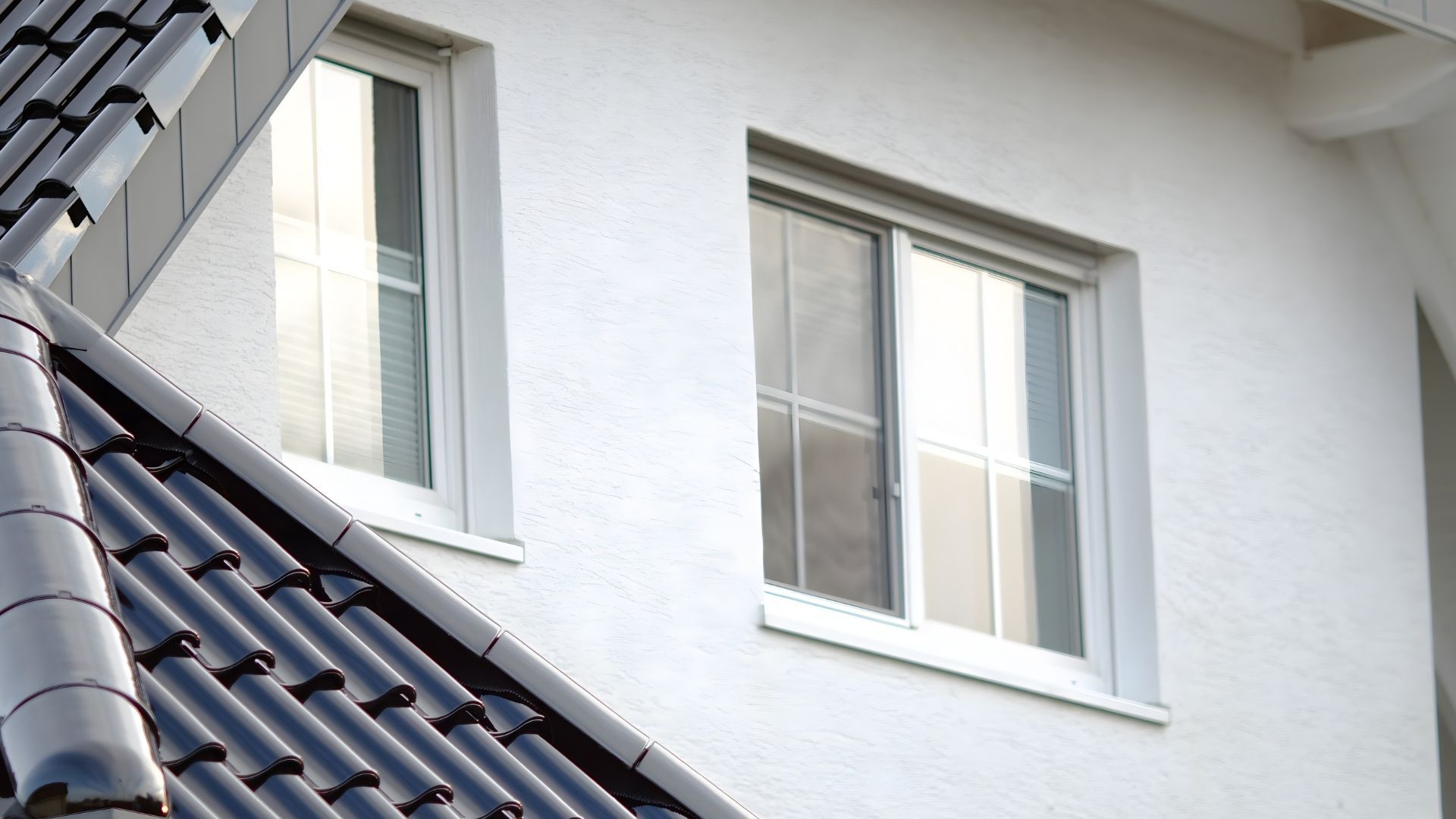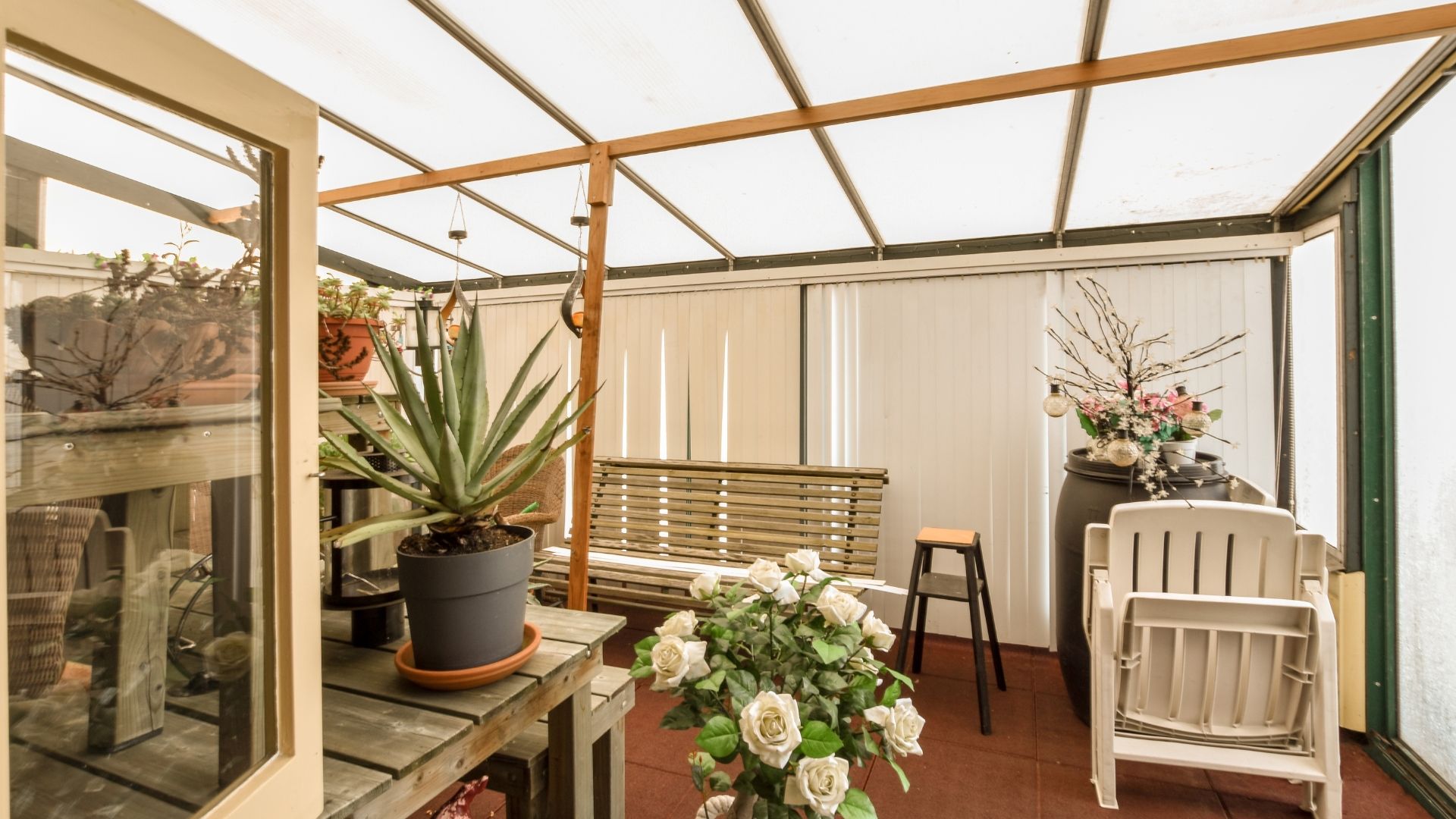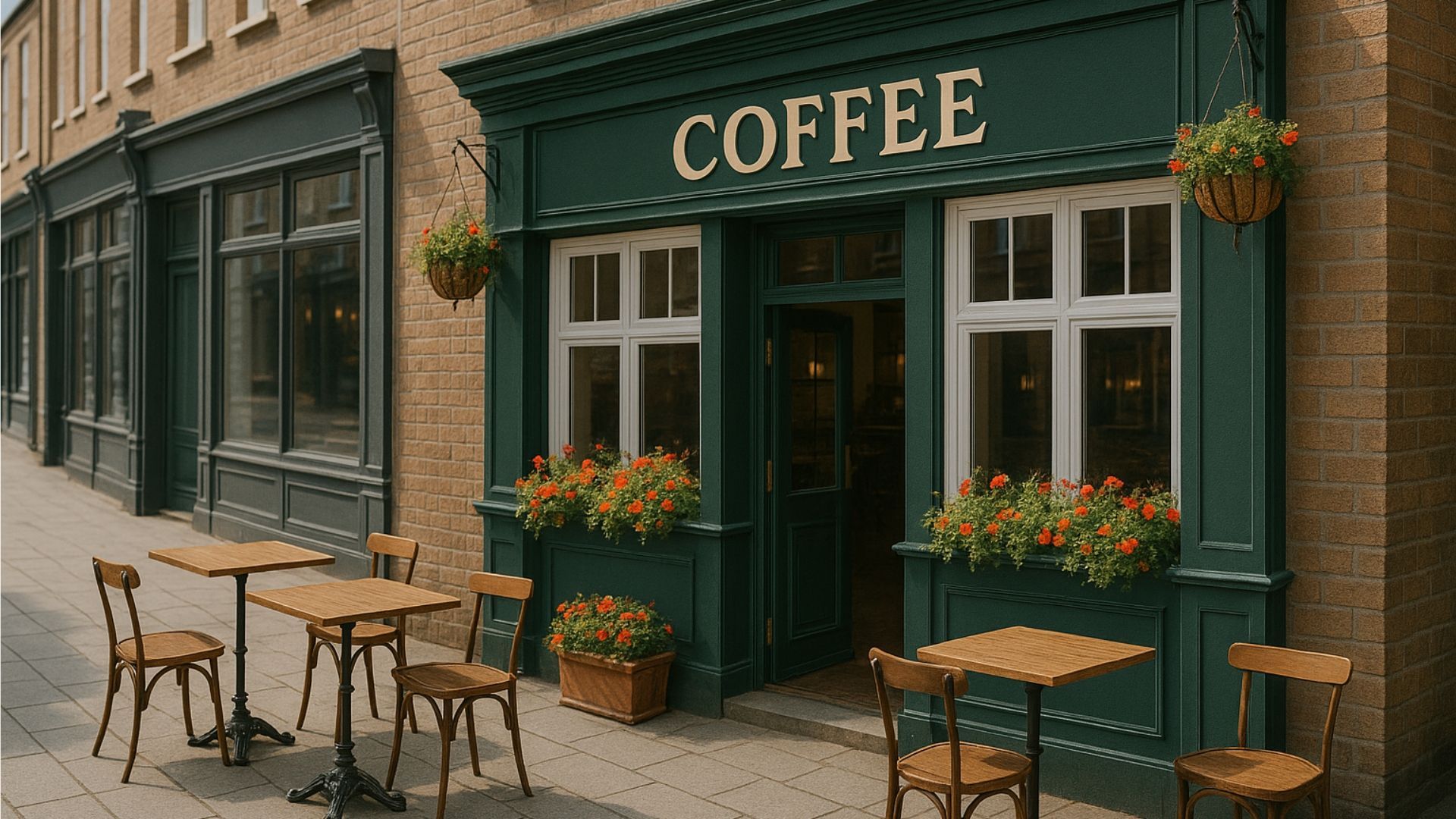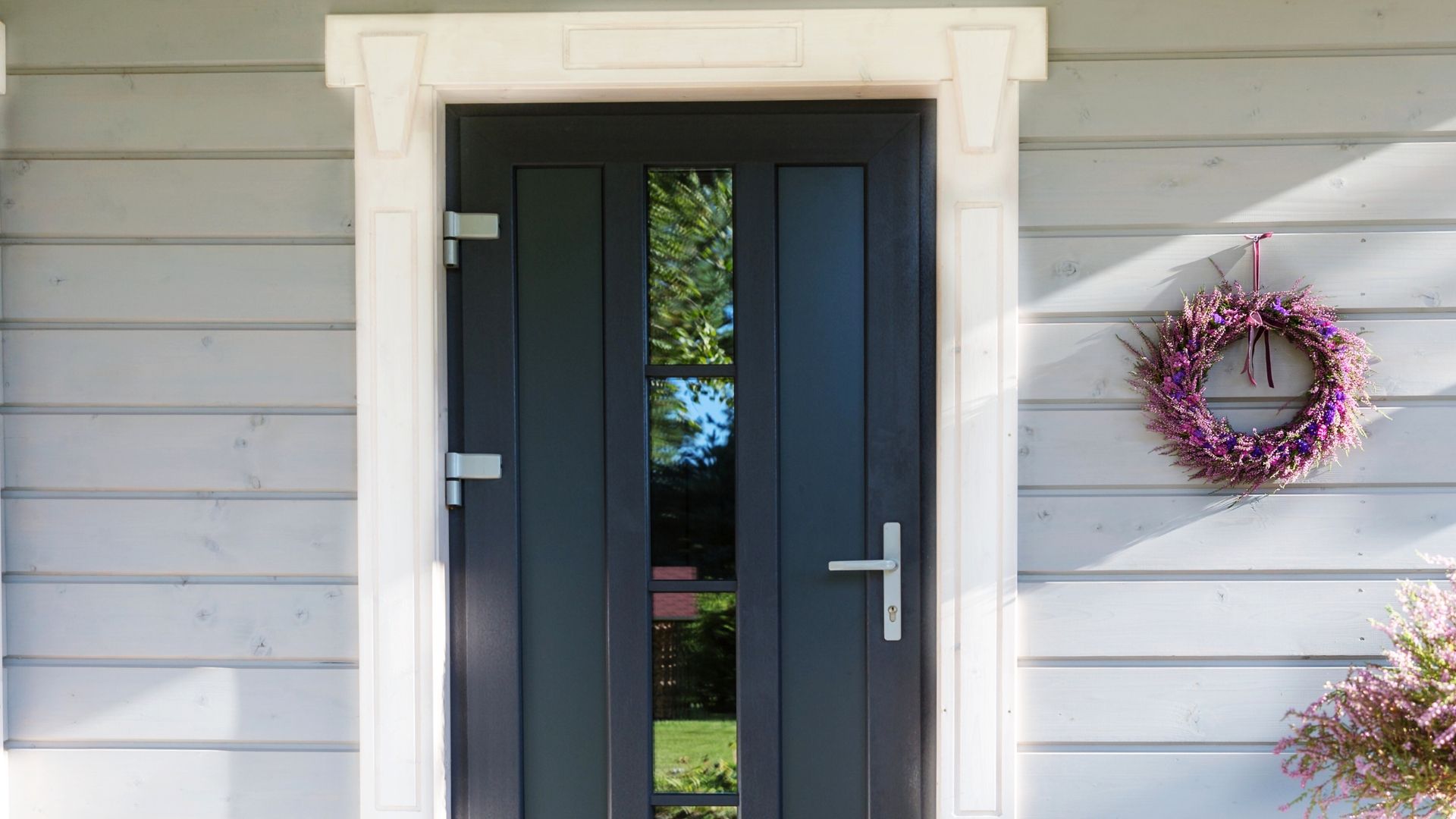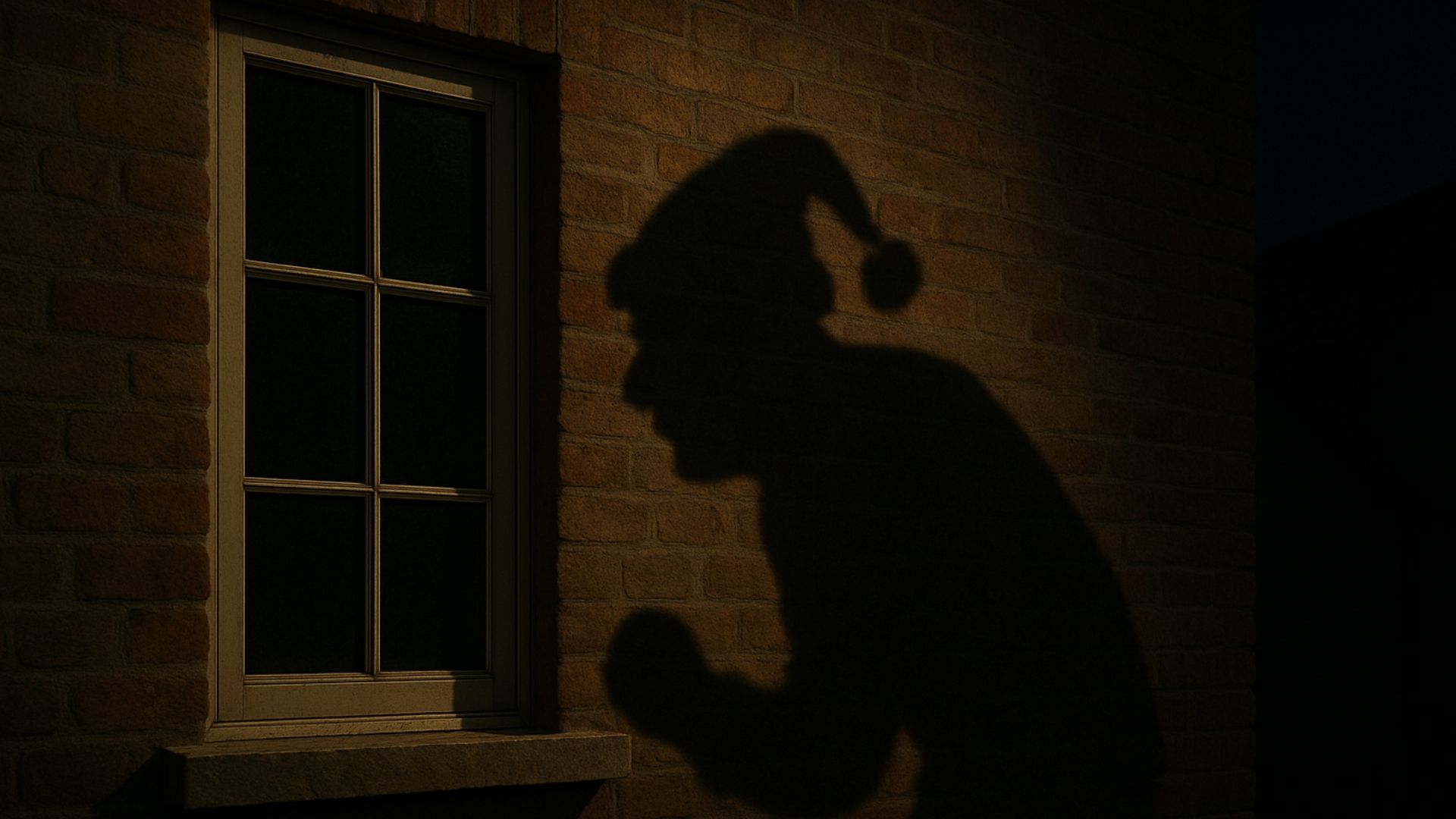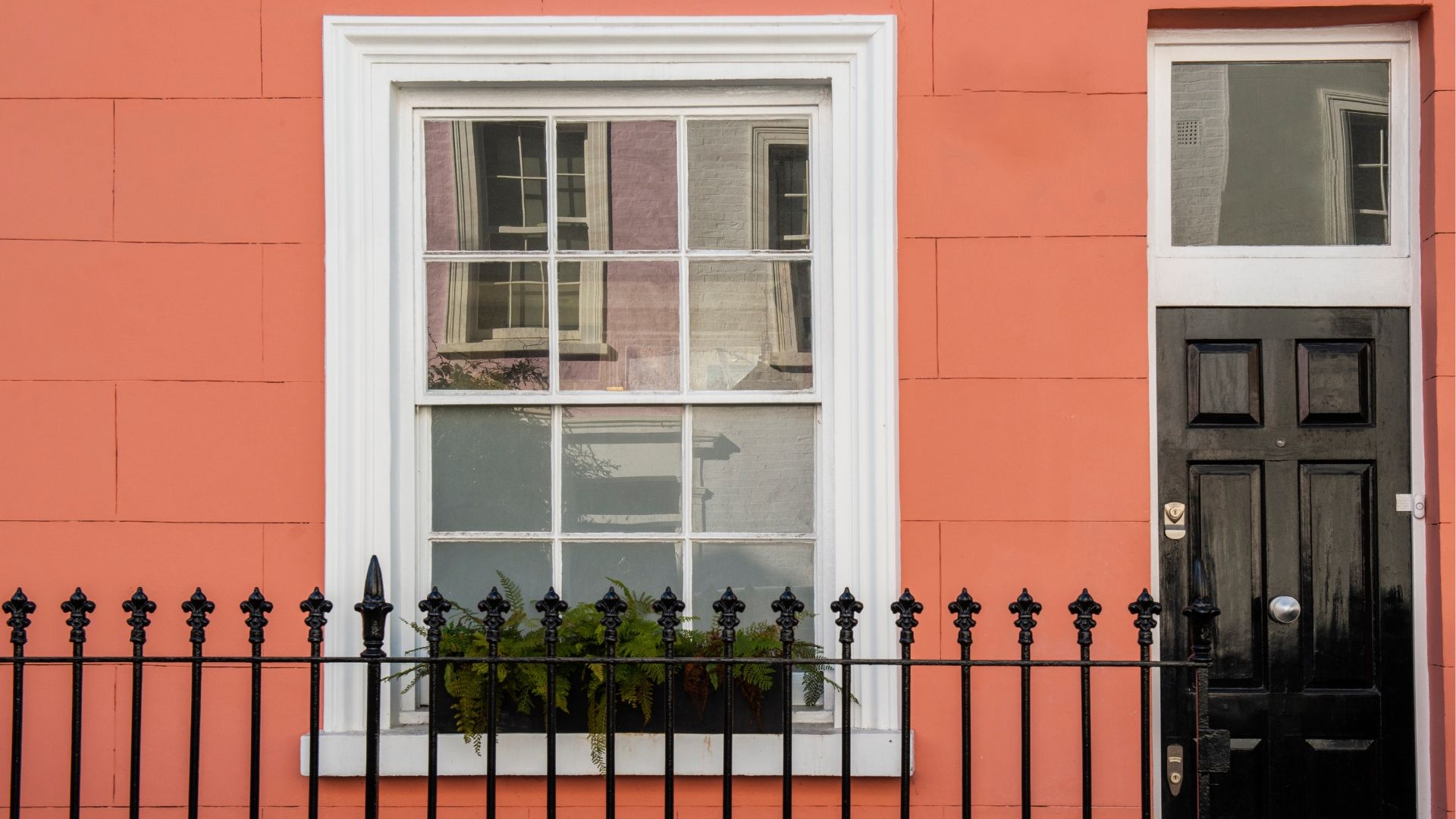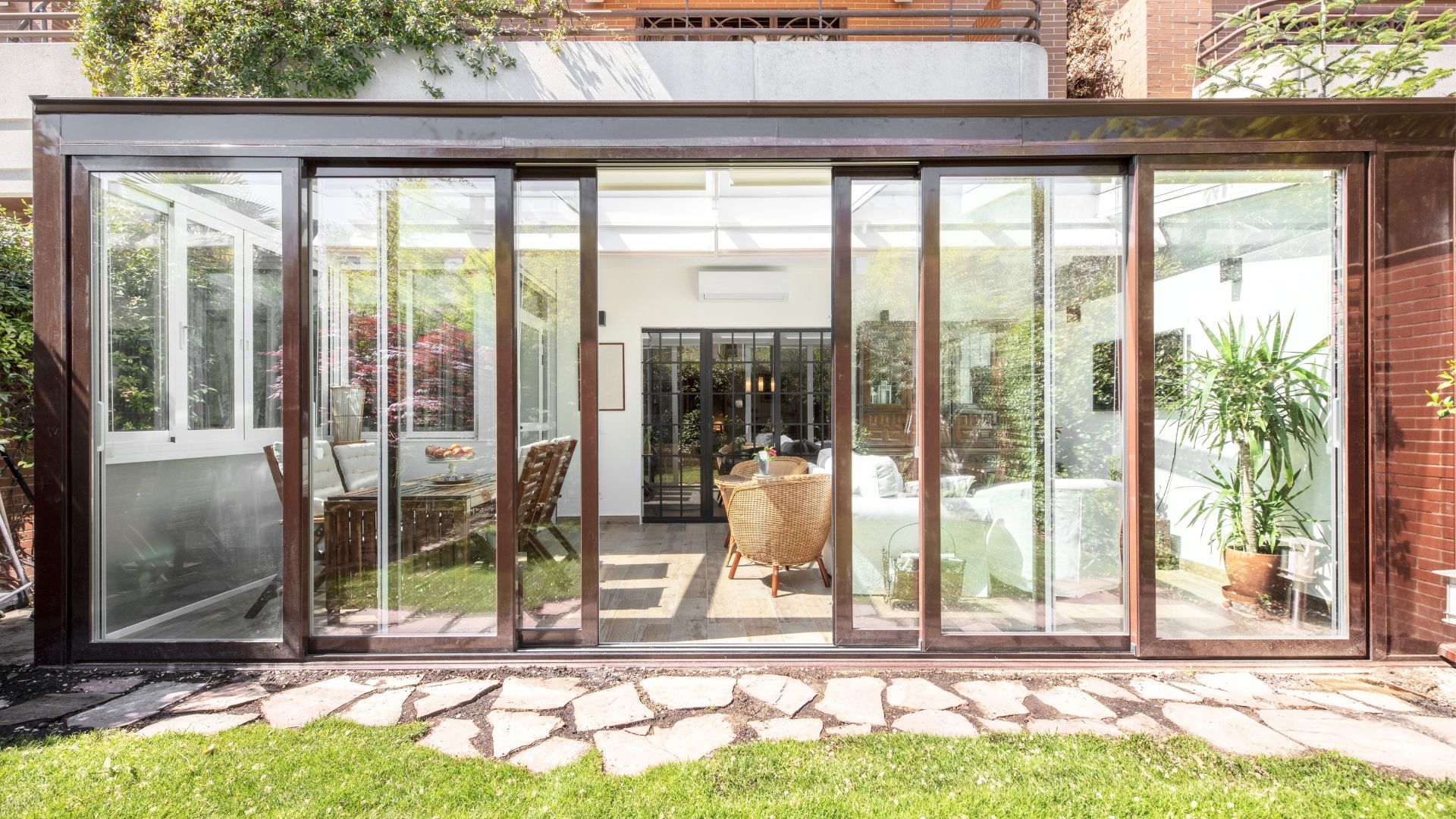Flush casement windows: the pros and cons
Flush casement windows make for a premium addition to any home. Explore the pros and cons in our guide to this versatile type of window.
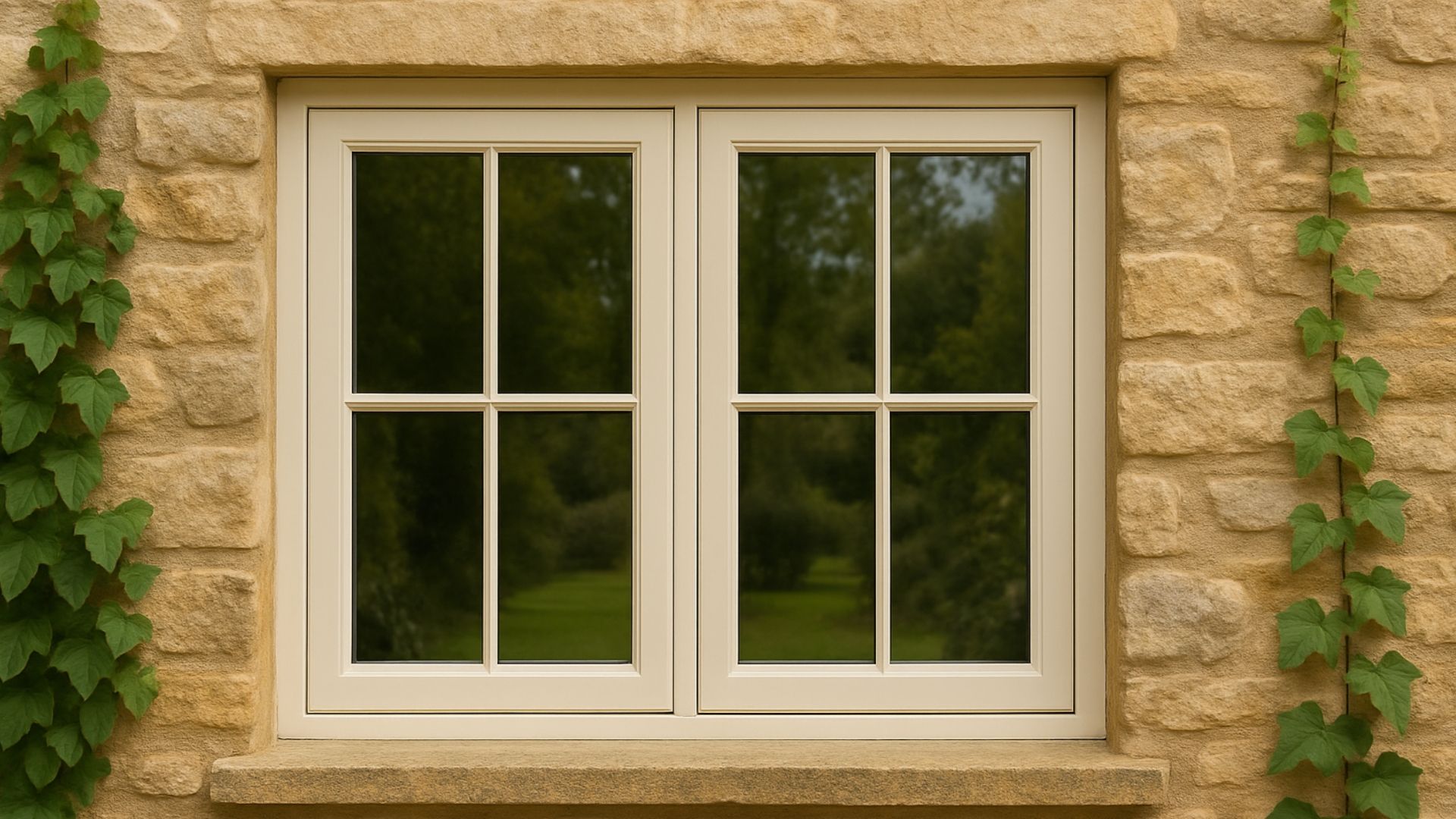
If eyes are the window to the soul, then windows are the soul of the house. In other words, your choice of windows can say a lot about you.
Casement windows, for instance, are a sure sign of sophistication. These hinged window units open outwards like a door. They look like a picture window, maximising the views from and the natural light in your home.
But unlike picture windows, they can be opened to let in a cooling breeze or shut to keep in the warmth.
When it comes to casement windows, versatility, aesthetics, ventilation and energy efficiency are the order of the day. But did you know there's more than one kind of casement window?
Standard windows have a protruding sash, sometimes known as a "lipped" sash. But with a flush casement window, the sash sits straight within the frame. When the window is shut, it's completely smooth and sleek.
So, why choose a flush casement window? And what are the potential drawbacks of getting one installed?
Let's find out.
The pros of flush casement windows
Versatility
There's no denying that a flush casement window is a smart and elegant addition to any building. Best of all, it can complement pretty much any style of architecture.
There's a reason why listed buildings and homes in conservation areas sometimes go for flush casement windows. They look the part, mimicking classic timber styles.
But they also blend in with more modern varieties of architecture. This versatility is one of the key advantages of this clean, classy window style.
Energy efficiency
Once upon a time, windows were bad at keeping the heat in. But today's modern materials and modern designs mean you can have an elegant window with no compromise on energy efficiency.
At a time when homeowners, urban planners, councils and governments are all prioritising sustainability, energy efficiency is a must. Flush casement windows are good for your energy bills – and for the planet.
Easy upkeep
Life's too short to be scrubbing windows on the regular. Flush casement windows can be kept spick and span with just a soft cloth and a mild detergent.
Soft and mild are the important words here. Anything coarse or harsh can damage the finish.
Flush casement windows are also durable. This means you're highly unlikely to have to replace them anytime soon. There's a reason why we offer all our customers a 10-year warranty on our windows…

Enhanced security
Today's flush casement windows come with multi-point locking mechanisms as standard. These help turn your home into a fortress.
This is true of most modern windows, of course. But flush casement windows have a secret weapon.
From the outside, they look like fixed windows. Burglars are less likely to try to get in through a window that appears unopenable.
Noise reduction
Tight seals and toughened glass mean improved noise reduction. So, if you want soundproofing as well as stunning views and an elegant appearance, flush casement windows could be just what you're after.
Ventilation
Flush casement windows can open fully. This makes them ideal for letting in a breeze and blowing away the cobwebs.
The cons of flush casement windows
For all their good points, flush casement windows aren't perfect. In our view, there are three main drawbacks.
First, they're not as widely manufactured as other windows, including other types of casement windows. This isn't a problem until you need to find a replacement part.
It's one reason why you should always get a professional to install your flush casement window. Unless you're highly confident and experienced, a professional will significantly reduce the chances of problems with parts in the future.
Related to this point is the fact that flush casement windows require a higher initial cost than some other classic window styles.
For some, this will be an instant turn-off. But if you have the funds, a flush casement window will pay dividends down the line. This is partly because of their longevity and partly because of their energy efficiency.
Thirdly and finally, you'll find a more limited selection of styles on the market than for other types of windows.
You may not be able to find the exact style you want. But the styles that do exist are elegant, sophisticated, smart and above all, versatile.
Whatever kind of building you live in, a flush casement window can add a great deal to the exterior. Meanwhile, the interior will benefit from increased natural light and outside air.
Investing in a flush casement window is a big decision. But in our view, the pros far outweigh the cons. There's pretty much no building a flush casement window won't improve. Seriously!
Frequently asked questions
What is the difference between a flush casement and a casement?
A casement window has a protruding sash (the movable frame within the window's larger frame). By contrast, a flush casement window has a straight, smooth sash that fits snugly into the larger frame.
When were flush casement windows invented?
Flush casement windows were introduced in the 19th century. They were popular throughout the Victorian, Edwardian and Georgian eras because they offer a traditional look, improve ventilation and increase the flow of natural light. Once made of timber, the frames are now mostly made of uPVC.
Should I buy a casement window or a flush casement window?
Both casement windows and flush casement windows can complement different styles of architecture. However, the lipped sash of a standard casement window can help give your property a traditional look – especially if you want to add classic glazing bars.
Looking for flush casement windows in West Yorkshire? Request a quick, competitive quote from Calder Windows today. Simply call 01924 897 040 or get in touch online.
Get a FREE quote
Are you on the lookout for uPVC window fitters in Wakefield or West Yorkshire? With over 30 years' experience and an extensive range of uPVC windows, we can help. Request a quote today or apply for finance and spread the cost.

